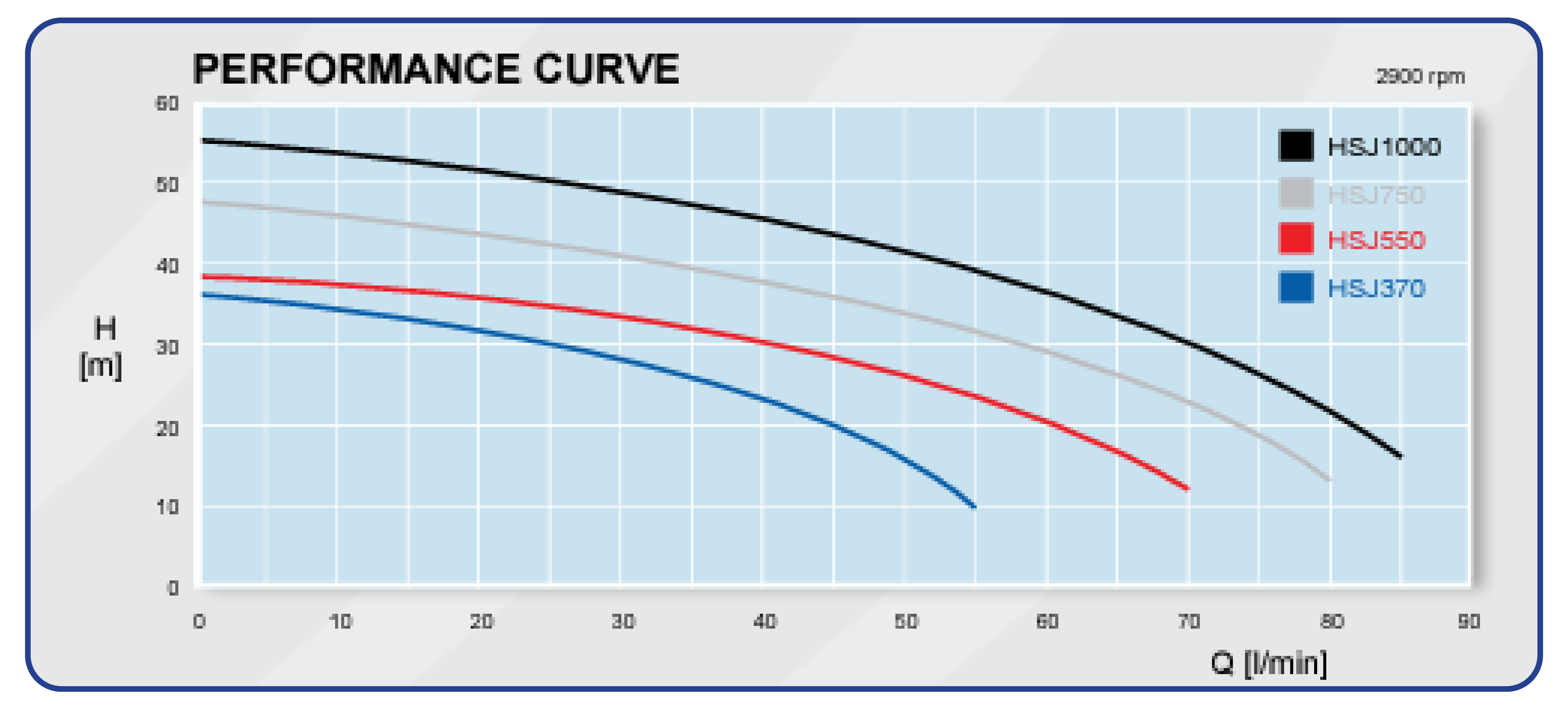A Simple Guide to help you decide the best PUMP for your Watertank.
When installing a rainwater tank, the type of pump required is dependant on what the stored water will be used for.
There are 2 basic types of requirements for residential rainwater pumps:
1.Internal reticulation for toilets and washing machines
2.Outside use for garden, pool top up, washing cars, etc.
PUMP SELECTION
What type of controller?
If you are planning to connect to toilets or laundry, for ease of use, you will require a rain-to-mains device. These devices are branded under different names by each of the manufacturers, but all offer the same essential function – seamless switching from your tank water to the mains supply when your rainwater tank runs out of water (and back again after it rains!). This ensures that you always have water when you need inside the house.
For water used in the garden, for irrigation or pool top up, pumps normally have a pressure control or press control. When not in use, the pump will be in “idle” mode and holding pressure, when you turn on a tap the pump will automatically start.
 Surface Mount or Submersible?
Surface Mount or Submersible?
Next you will need to decide whether you want to have a surface mounted pump (sits beside your tank), or a submersible that goes in you tank – both perform well. Surface mounted pumps are the most accessible and easy to maintain. Submersible pumps are generally quieter and are totally out-of-site, but accessing a pump inside the tank is little harder
There are several different types of pumps available, for ease of use and trouble-free running, jet pumps are a common choice for surface mounted applications – they are generally the best value for money and quite economical to run. For whole of house applications and large irrigation systems, multistage systems can provide higher levels of pressure and are very efficient.
What Size? Flow rate and pressure.
The important factors to consider when sizing a pump are flow rate and pressure:
Flow rate:
- How much water is required?
- Measured in Litres per minute (LPM)
Pressure:
- The power to deliver the water
- For pumps, measured in Metres of Head (m)
- Can also be measured in Kilopascals (kPa) or Pounds per square inch (PSI)
To calculate your required flow rate, consider the number of outlets or taps (inside and outside) that you may have turned on at the same time.
It is important to remember that different outlets have different flow rates.
As a guide:
For exact measurements in your home, you can time the filling of a 10-litre bucket and then work out how many litres are delivered over a 60 second period. Each tap in your home can be different.
When internal and external connection is required – an average flowrate requirement would be between 25 and 35 LPM. If more than one toilet or a large irrigation system is in use, the flowrate requirements can be higher. Whole of house supply also involves extra consideration to ensure that ample water is always available.
Generally speaking, it is recommended that you have a minimum working pressure of 20 metres (~200kPa) of head. This means the pressure at your required flow rate, not maximum pressure. To be sure that you don’t underrate your system, it is wise to add 10% to your calculated flow rate.
If your pump is a long way from your house, you live in a multistorey dwelling or you have an irrigation system – you may need more pressure to ensure everything functions optimally.
Pump Specifications
Pump manufacturers use a graph or performance curve to show you what the LPM is at any given pressure.

Looking at the chart above it is easy to see that if you required 20 LPM at 30 metres head, the HSJ370 is the perfect pump for you.
If you had an irrigation system that required 40 LPM at a minimum of 40 metres of head pressure – the larger HSJ1000 is the best choice.
At ANC Distribution we are able to talk to you about the best options to suit you and have reputable pump brands like Davey, Hyjet and Bianco readily available.


